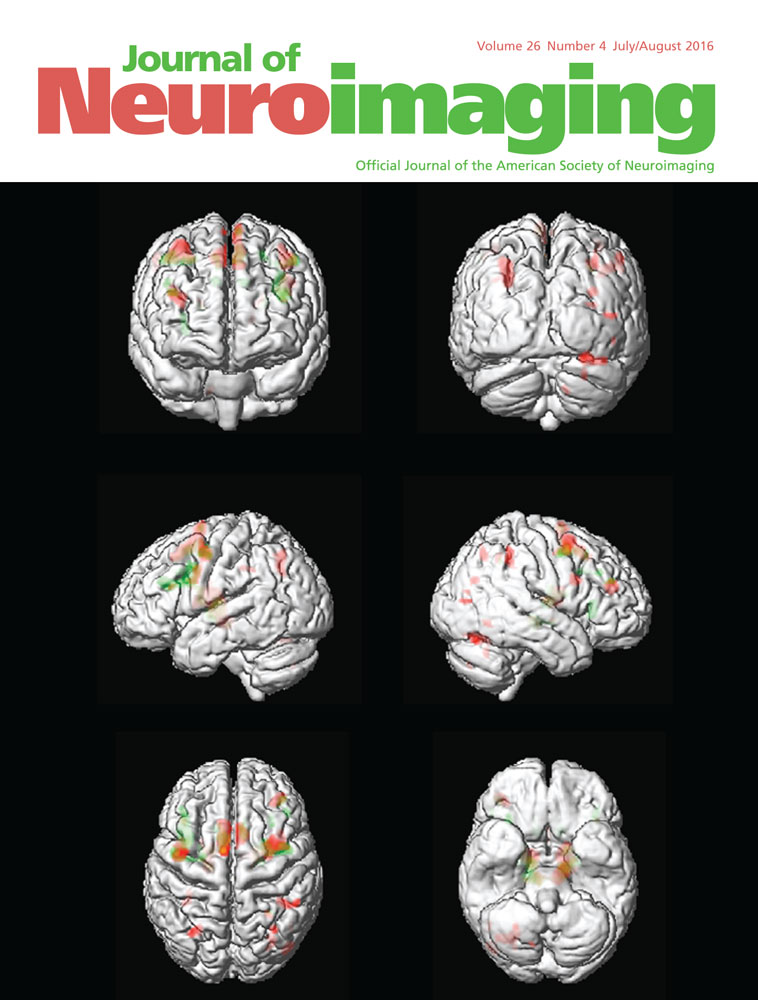Etiology of Intracranial Arterial Stenosis: Are Transcranial Color-Coded Duplex Ultrasound and 3T Black Blood MR Imaging Complementary?
ABSTRACT
BACKGROUND
In order to differentiate between the different causes of intracranial stenosis, we compared the diagnostic results of transcranial color-coded duplex (TCCD) sonography with the recently developed 3D high-resolution black blood MR sequence.
METHODS
We studied retrospectively 20 patients referred to our hospital after acute ischemic stroke who were diagnosed with intracranial stenosis and in whom a repetitive TCCD and a 3D MR T1 FAT SAT (black blood) sequence at 3T (TR/TE 350/20 ms, FOV 160×182×120 mm, 0.4×0.4×0.4 size of pixel, 300 slices, Fat Sat spair, acquisition time 6 minutes 14) were performed. Etiological diagnosis was based on one hand on the morphological aspect of the arterial wall (black blood T1 FAT SAT sequence) and on the hemodynamic aspect (TCCD) on the other hand. Analysis of black blood T1 FAT SAT MR sequence and TCCD agreement on the etiological diagnosis was performed using sign test.
RESULTS
TCCD was performed at admission and at least at two different intervals during follow-up. Eleven patients had diffuse intracranial arterial disease and nine had involvement of a single intracranial artery. Etiology of intracranial arterial stenosis included: atheromatosis, thrombosis, vasculitis and reversible vasoconstriction syndrome. There was 80% agreement (sign test P = .0059) between these two methods.
CONCLUSIONS
These two combined imaging techniques might be promising for the differentiation of arteriosclerotic changes from stenosis of another origin, especially when follow-up TCCD studies are completed early before a possible regression of the atherosclerotic plaque that might be observed 6 months after initial diagnosis.




